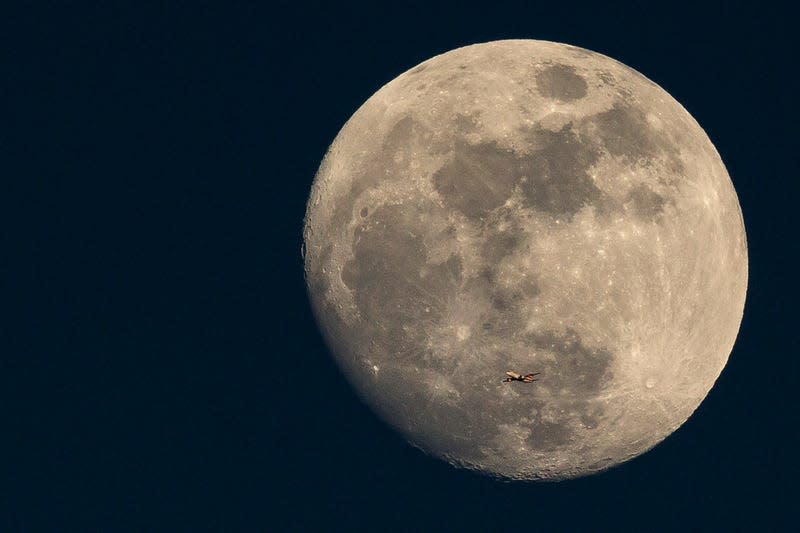Apollo Mission Samples Reveal the Moon Is More Ancient Than We Thought

The Moon’s crater-covered countenance was previously thought to be a youthful 4.42 billion years old, give or take about 10 million years. But now, samples of crystals taken from the rocky satellite half a century ago indicate that the Moon is about 40 million years older than we knew.
The Moon formed over 4 billion years ago, when a body about the size of Mars collided with the primordial Earth. Material produced in the collision glommed together and became the Moon, which shapes aspects of life on Earth from the tides to the rhythms of animal behavior.
Read more
Watch This Massive Tow Truck Roll Three Times After Hitting Suspected Distracted Driver
Turo Wants Customer To Pay $35,000 After Vandals Smash His Rented Car’s Windows
Final Fantasy VII Rebirth Devs Have A Big Surprise Planned For Its Most Iconic Scene
Paramount delays the next Mission: Impossible, which is no longer called Dead Reckoning: Part Two
“It’s amazing being able to have proof that the rock you’re holding is the oldest bit of the Moon we’ve found so far. It’s an anchor point for so many questions about the Earth,” said Jennika Greer, a geophysicist at the Field Museum in Chicago and the study’s lead author, in a museum release. “When you know how old something is, you can better understand what has happened to it in its history.”
The researchers used atom-probe tomography to study how lead atoms were distributed in the recovered zircon crystals. Similar to other ancient dating methods, the researchers used the radioactive decay rates of the atoms to reverse the clock and understand when they were new—i.e., when the magma ocean that was the Moon cooled down, shaping our satellite.
“In an hourglass, sand flows from one glass bulb to another, with the passage of time indicated by the accumulation of sand in the lower bulb,” said Philipp Heck, a planetary scientist at the Field Museum and the University of Chicago, in a statement. “Radiometric dating works similarly by counting the number of parent atoms and the number of daughter atoms they have transformed to. The passage of time can then be calculated because the transformation rate is known.”
The team found that the zircon crystals are at least 4.46 billion years old, or 40 years older than previous estimates. It may be a blink of the eye in cosmic time, but a helpful fine-tuning of the Moon’s timeline.
We’ll almost certainly learn more about the Moon’s formation through the crewed Artemis missions. NASA intends to send humans to the Moon sometime after 2025 and establish a sustained presence there.
More: Apollo Astronauts May Have Brought a Piece of Ancient Earth Back From the Moon
More from Gizmodo
Reservation Dogs star Devery Jacobs wasn't a fan of Killers Of The Flower Moon
It Looks Like The Next Gen Dodge Charger Will Get A Gas Engine After All
Dancing With The Stars casting Sean Spicer is a big part of why Tom Bergeron left
One Of Miles' Spider-Man 2 Suits Unlocks A Rad Bonus Feature
Sign up for Gizmodo's Newsletter. For the latest news, Facebook, Twitter and Instagram.

